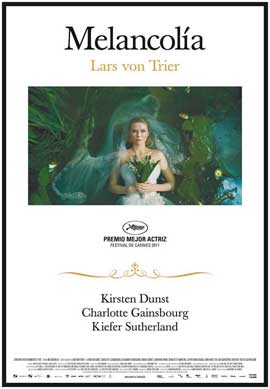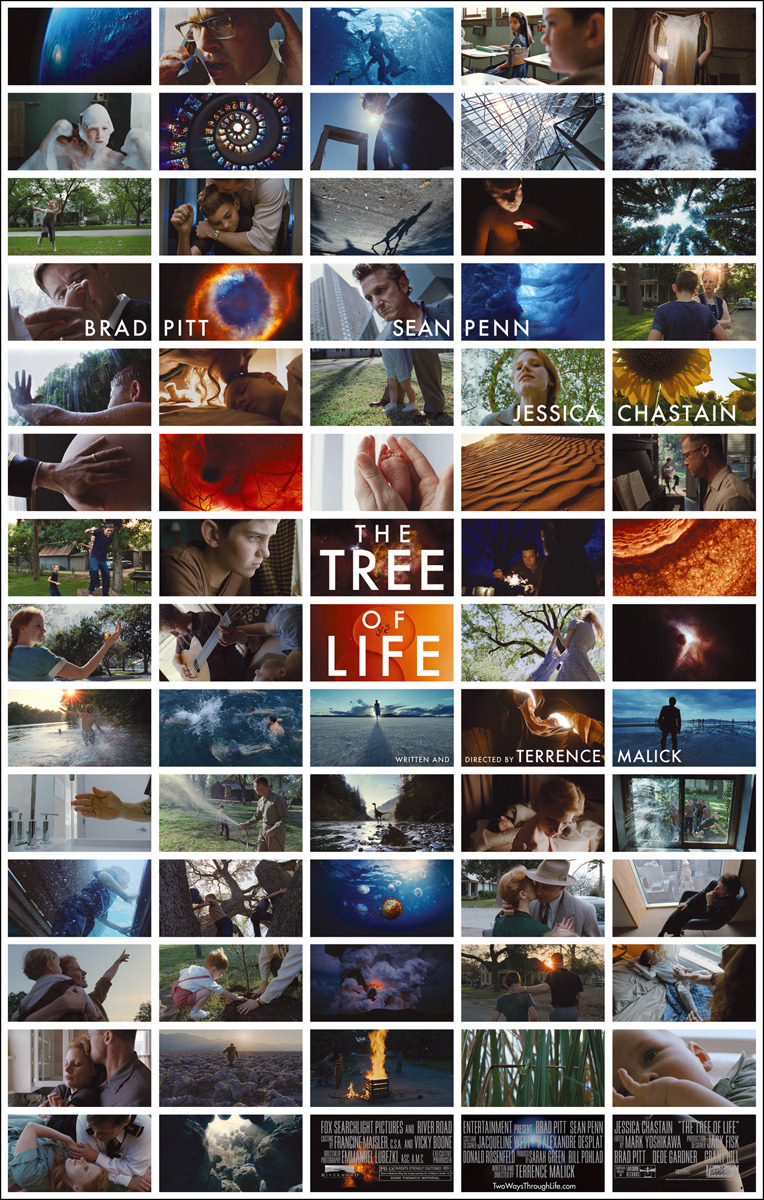Adventureland (2008)
– Mark it 7.
Greg Mottola’s Adventureland
is a sweet little movie about a recent graduate, James (Jesse Eisenberg), whose
post-grad plans of European travel and a move to New York City suddenly fall
apart. He is left in a dull summer job
in his hometown working in the games booths at a local amusement park. A pretty standard coming of age story follows
as James makes new friends with Joel (Freaks
and Geeks’ Martin Starr) and finds love with Em (Twilight’s Kristin Stewart).
Mistakes are made by everyone to add a bit of drama. Adventureland
is not a movie that will blow you away but one that I enjoy quite a
great deal. Its comedic aspects enlist a lot of
chuckles, its sentimental aspects hit their mark, and the performances are
pretty solid all around (with the possible exception of Stewart). The film’s setting must also be recognized as we are completely transformed, from the clothes and music to sets and
references, into its small town 1980s world.
Step Brothers (2008)
– Mark it 8.
I was initially going to “mark” this Will Farrell and John
C. Reilly vehicle lower out of some film snob urge that didn’t want to see an
admittedly “dumb” comedy rated so highly.
In discussing Step Brothers later,
I was reminded exactly how much I laughed, from the belly with a few snorts and
tears sprinkled, from beginning to end.
This story of two 40-something losers still living at home and adjusting
to their newfound familial ties is about as good as a comedy can get. As the two leads, Farrell and Reilly, match
wits in games of one-upmanship then find common ground, you will be going
hysterical at every silly and raunchy gag.
These are two comedy giants and Step
Brothers is right in their wheelhouse.
Also, the supporting cast is just as strong. Mary Steenburgen and Richard Jenkins have
their share of good laughs as the parents, and Parks & Recreation’s Adam Scott is especially good in a
surprising turn as Will Farrell’s complete asshole of a brother.
The Amazing Spider-Man
(2012) – Mark it 3.
Rebooting the Spider Man franchise after just ten years
isn’t a sin; the sin comes from rebooting it without adding anything new,
interesting, or necessary. Director Marc
Webb’s (500 Days of Summer) version
of the web-slinger is a victim of terrible script. Gone is the character development and comedic
touches seen in Sam Raimi’s 2002 film.
Andrew Garfield’s Peter Parker is not the dweeb I liked so much in
earlier films, but an angsty emo whiner (who is kind of a jerk). Emma Stone and Rhys Ifans, as Parker’s girlfriend
and Spider-Man’s villain, respectively, are painfully underdeveloped leaving
all the drama involving the three leads in its climactic battle feel empty. So many times the script seemed to take the
easy way out, inducing many rolled eyes (Gwen Stacey, a genius intern at a
billion dollar laboratory... as a high school student?!). Everything about this film was done 10 years
before and done much better. Just rewatch
Raimi’s first two Spider-Man films;
it’ll be much more enjoyable.
Note: I saw The Amazing Spider-Man in 3D and have
never seen the gimmick so poorly utilized.
The majority of the film appears 2D anyway, so you are paying a
surcharge to dim the colors. When the 3D
is noticeable, I was not emerged in the environment like in great 3D
presentations like Avatar or Hugo.
Rather, the 3D use merely gave the feel of a cheesy optical
illusion; taking me out of the picture mentally and damaging the experience.
Part of my Dark Knight Rises anticipation...
Part of my Dark Knight Rises anticipation...
Batman Begins (2005)
– Mark it 9.
It took an auteur director such as Christopher Nolan to lift
the Batman franchise from the depths that Joel Schumacher’s Batman & Robin sunk it to. Batman
Begins is Nolan’s dark and realistic telling of the Batman origin story; a
story never told before on screen. Bruce
Wayne’s mysterious path from young boy orphaned on the streets of Gotham to the
Caped Crusader perched upon rooftops is beautifully explained. It is fascinating to watch the League of
Shadows train Wayne to turn his guilt into a vigilance that instills fear in
his enemies. This training takes the
necessary steps toward a new persona, Batman. The excitement reaches amazing levels when
the Batcave. Batsuit, and all the other parts of the Batman legend are slowly
introduced. Batman Begins has great style, great action, great performances,
and great fun; it is an excellent blockbuster.
And the final shot only hints at the even greater things to come.
The Dark Knight (2008)
– Mark it 10.
Quite simply, this is the most perfect superhero movie ever
made (note: written before The Dark
Knight Rises’ release, so we’ll see how it stacks up). So much can be said about this film that further
discussion will be reserved for another post in Mark it 8, Dude’s future. I will end by just saying that The Dark Knight is one of my
favorite films. See the “Zack’s Hall of Film
Fame” list on this page’s right-hand side for proof.
Hausu (1977) –
Mark it 2.
Nobuhiko Obayashi’s campy horror film, Hausu (English translation, House),
is one of the oddest things I’ve ever seen.
Hausu has developed a fairly large cult following due to its trippy surrealism (large enough to
warrant a Criterion Collection release).
With its look of a 1970s after school special and cheesy scares á la
The Evil Dead, with the comically
amateurish editing of Tim and Eric
Awesome Show, Great Job, describing this film is very difficult. Seven schoolgirls, each defined by a singular
character trait, visit an aunt’s house and fall victim one by one. Hausu is
obviously your standard haunted house movie (with many insanely weird elements). These elements are undoubtedly the reason for
its cult following, such as terrible acting, obvious sets, stilted dialogue,
nonsensical plot, psychedelic animation, and unnecessary nudity. However, not enough was original or
interesting about the story itself to hook me beyond the cult film
elements. It was a struggle to just see Hausu to the end despite its 88-minute
running time.
Jeff Nichols’ directorial debut (of Take Shelter fame) is a gritty and fascinating revenge tale set in
a dirt poor Arkansas town. Michael
Shannon stars as Son, the older brother of Boy (Douglas Ligon) and Kid (Barlow
Jacobs). The three were united by the
hatred of their drunken father, who ran out on them, and their half-brothers,
born after their father got sober, found God, and forgot his old family ever
existed. When the three crash the old
man’s funeral and Son gives a hate-filled speech, the feud between each set of
brothers starts going down its darkest paths.
Nichols devotes so much time developing the relationships between these
three brothers that each blow in the feud is all the more painful to
witness. Son, Boy, and Kid grew up
angry, barely make ends’ meat, and have settled for less. The pain that these circumstances created
overpowers every instinct telling them to let bygones be bygones. The performances in Shotgun Stories are quietly intense and the story is riveting; this little known film blew me away.
Urbanized (2011) –
Mark it 6.
Gary Hustwit, who somehow made a good documentary about a font (Helvetica), continues his “design” series with a far more appealing topic: cities. Urbanized is your standard talking head documentary involving architects, policy makers, and community members from around the world. However, I love cities and found this topic very interesting (plus it is filled with beautiful cityscapes). The 21st century will present urban designer everywhere with an incredible challenge. As the world population continues to balloon, 75% of these people will be living in cities. Urbanized stresses how this challenge must be viewed as an opportunity to innovate and revitalize our various metropolises. Sprawl that divided communities and stretched resources will not work anymore. But I was left hopeful that there are intelligent people up for the challenge and willing to involve the community when rethinking the old dogmas of urban design.
Gary Hustwit, who somehow made a good documentary about a font (Helvetica), continues his “design” series with a far more appealing topic: cities. Urbanized is your standard talking head documentary involving architects, policy makers, and community members from around the world. However, I love cities and found this topic very interesting (plus it is filled with beautiful cityscapes). The 21st century will present urban designer everywhere with an incredible challenge. As the world population continues to balloon, 75% of these people will be living in cities. Urbanized stresses how this challenge must be viewed as an opportunity to innovate and revitalize our various metropolises. Sprawl that divided communities and stretched resources will not work anymore. But I was left hopeful that there are intelligent people up for the challenge and willing to involve the community when rethinking the old dogmas of urban design.








































